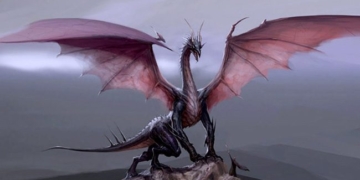1. Brown Trout – Salmo trutta
The brown trout has been introduced to many cold water bodies around the world for recreational fishing and has now adapted and thrived in various locations. Brown trout have aggressively outcompeted and reduced populations of native fish species (especially other species in the salmon family), amphibians, and invertebrates due to their predatory nature, habitat occupation, and food competition.
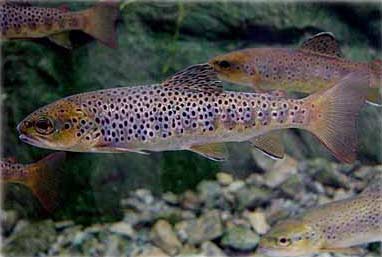
2. Common Carp – Cyprinus carpio
This species of common carp has been introduced to freshwater bodies worldwide for food and ornamental purposes. The common carp is considered a harmful species because it often quickly reaches high densities, stirring up sediments that reduce water clarity and uprooting aquatic plants which serve as habitats for many aquatic organisms.
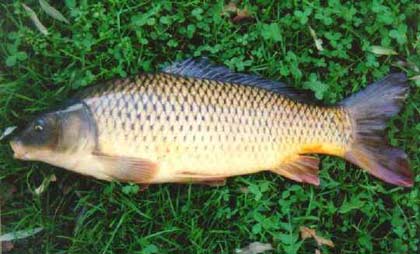
3. Largemouth Bass – Micropterus salmoides
Due to its delicious meat and popularity in sport fishing, the largemouth bass has been widely introduced around the world. This species is carnivorous, opportunistic, hunts alone, and feeds both day and night. Its diet includes fish, shrimp, amphibians, and insects.

4. Mozambique Tilapia – Oreochromis mossambicus
The Mozambique tilapia has been popularized and introduced to many countries worldwide for aquaculture. The established populations of this species in the wild are the result of intentional releases or escapes from aquaculture farms. This species is omnivorous and feeds on almost everything from algae to insects. It forms dense populations and can deplete food resources in their habitats.
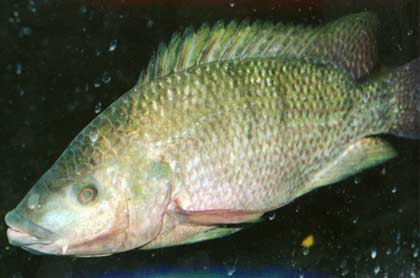
5. Nile Perch – Lates niloticus
The Nile perch was introduced to Lake Victoria in 1954, where it contributed to the extinction of over 200 native fish species due to predation and food competition.
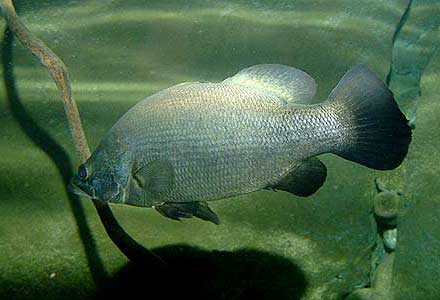
6. Rainbow Trout – Oncorhynchus mykiss
The rainbow trout is a popular game fish and has been introduced to many rivers and lakes. They have proliferated rapidly and threaten to eliminate native fish species by preying on larvae and interbreeding with other salmon species, affecting their gene pool. Moreover, they compete with and displace other fish species by occupying their habitats.
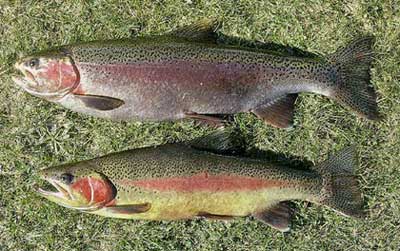
7. Walking Catfish – Clarias batrachus
This voracious carnivorous species originates from East Asia and was introduced to Florida in 1960 for aquaculture. Since then, this species of catfish has adapted and spread widely in the wild throughout Florida. During dry seasons, large numbers of these catfish may be concentrated in certain ponds and prey on native fish species found there.
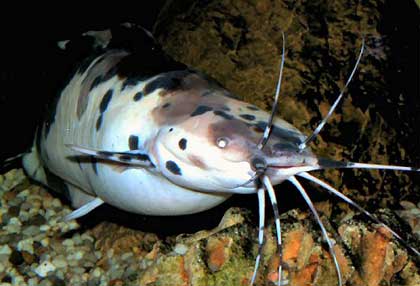
8. Gambusia, Mosquitofish – Gambusia affinis
Introduced to many places worldwide under the mistaken belief that they are more effective at controlling mosquito populations than native mosquito-eating fish, the gambusia has been harmful to aquatic ecosystems due to their opportunistic feeding behavior. The release of gambusia to control mosquito larvae is still being conducted by some agencies combating malaria and other mosquito-borne diseases.

(The species in this list are selected to illustrate the impacts of invasive species. The absence of a species from this list does not mean they are less harmful.)

















































